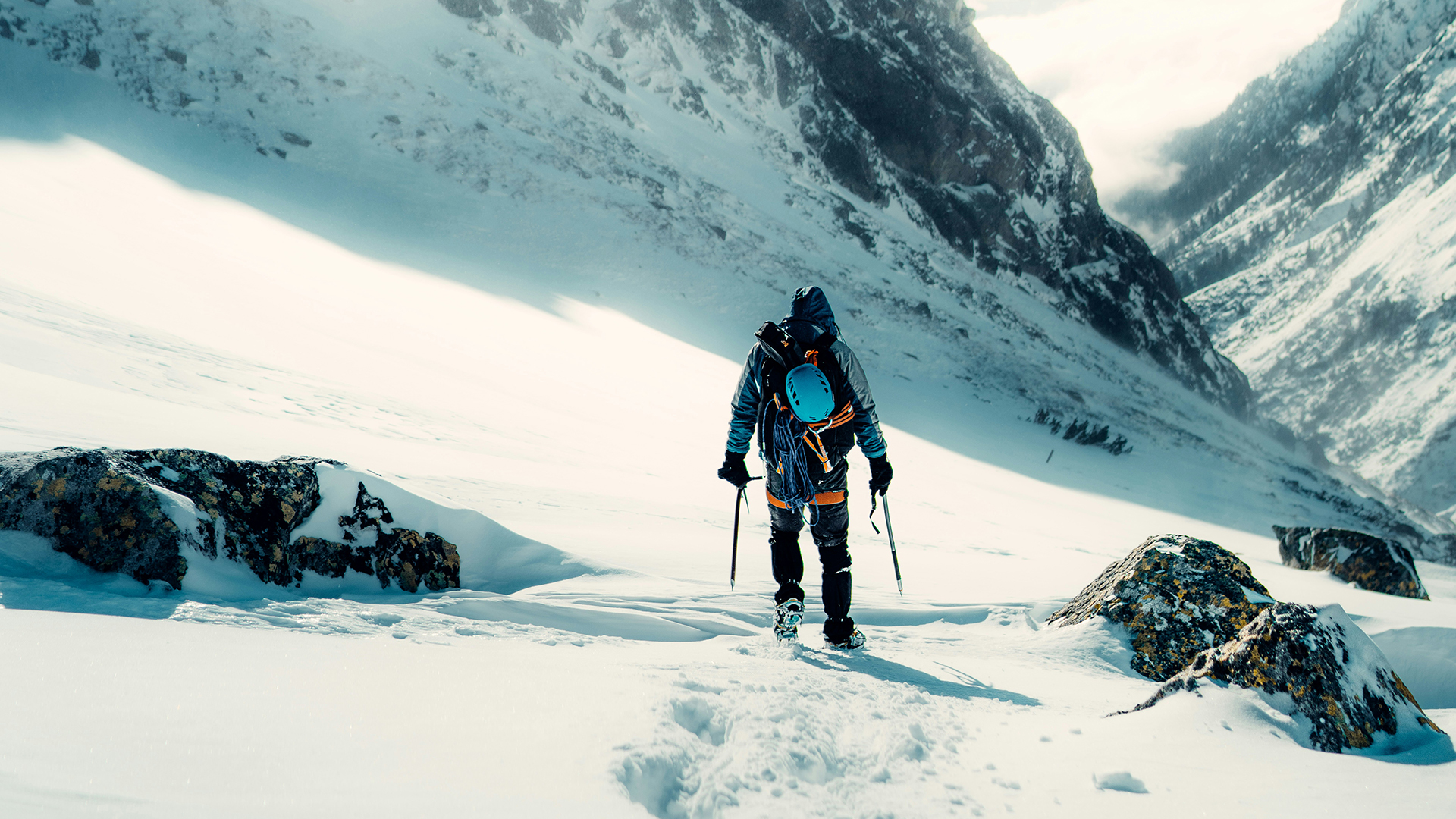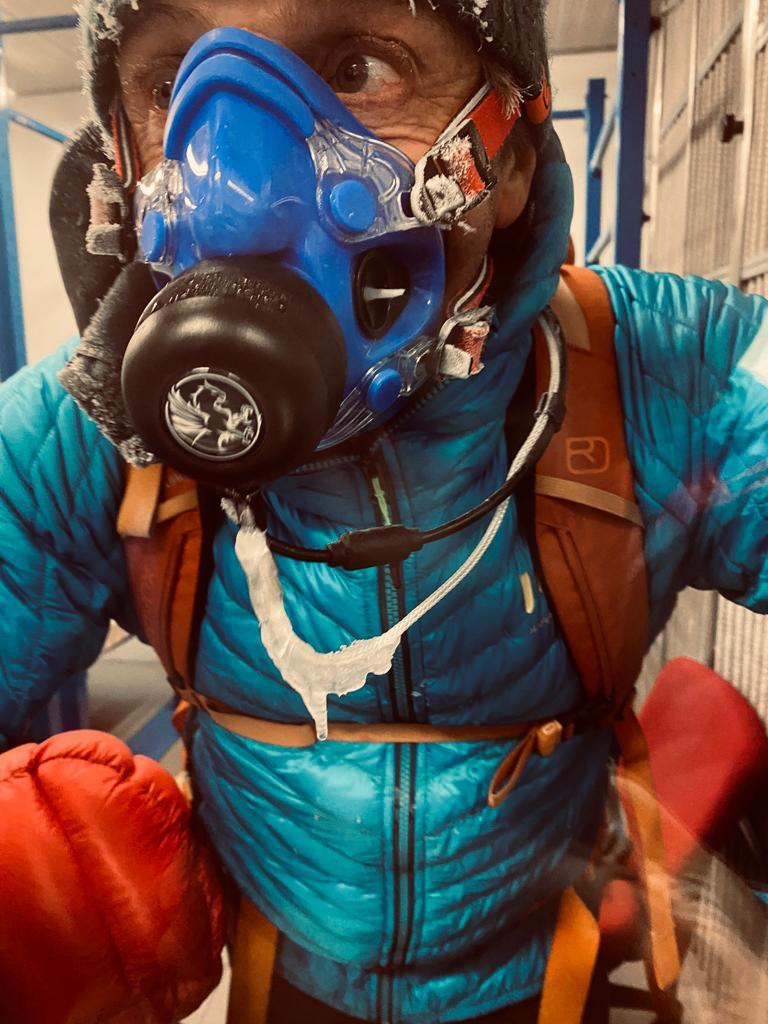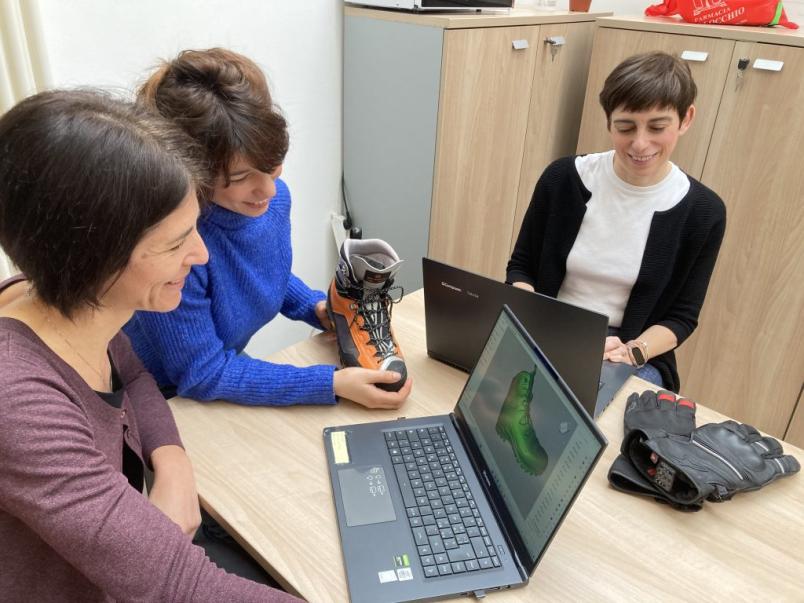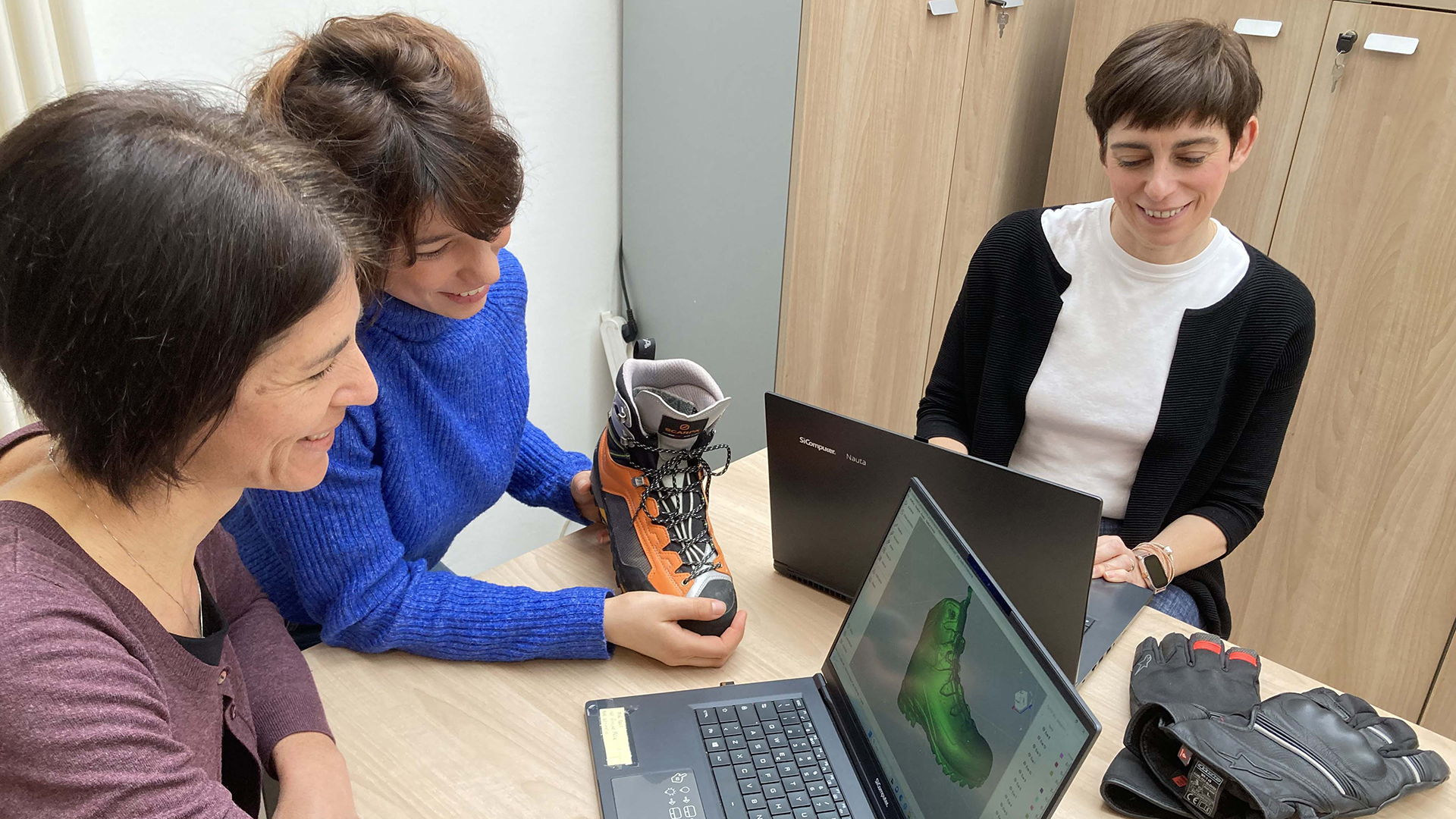
In high altitude, with the Comfort Lab: alpinism meets research

After conquering all 14 mountains over 8,000 meters – an achievement few alpinists in the world have accomplished – Mario Vielmo descends from high altitude to take part in a new challenge: a scientific and technological project that combines his experience at high altitudes with the most advanced research in the field of technical apparel.
Vielmo visited the PoliTO Comfort Lab, located at Città Studi campus in Biella, to contribute to an experimental project carried out in collaboration with SCARPA, a leading international company in the production of technical footwear for alpinism, trekking, and outdoor sports, recognized for its artisanal quality and product innovation.
PoliTO Comfort Lab is a center of excellence for the study and development of advanced materials for technical apparel and sports equipment.
Over the years, the Comfort Lab has strengthened its strategic role through a solid and continuous collaboration with Città Studi. This cooperation was confirmed in 2024 with the renewal of the agreement governing shared research activities, with the aim of continuing and developing high-value scientific initiatives in the field of functional materials for sport, technical apparel, and outdoor.
The Comfort Lab is led by Professor Ada Ferri, from the Department of Applied Science and Technology-DISAT, whose scientific expertise has decisively contributed to the laboratory's growth and recognition.

Equipped with a climatic chamber which reproduces extreme environments – from polar cold to scorching heat – and advanced instruments for analyzing thermal stress and the thermo-physiological properties of materials, the laboratory has carried out cutting-edge experimental projects, establishing itself as a benchmark for industry and applied research.
The focus of the Comfort Lab's initiative, in which Vielmo participated, is a state-of-the-art project for high-performance footwear, the subject of DISAT researcher Eleonora Bianca's Ph.D. in chemical engineering. Specifically, it involved the collection and analysis of data related to the thermal stress of footwear, with particular attention to foot insulation in extreme environments. The goal is clear: to develop boots that are increasingly safe and high-performing, capable of offering maximum comfort even in the most critical conditions, such as those faced in Himalayan expeditions. Vielmo's field experience provided a valuable contribution, transforming practical sensations and conditions experienced at high altitude into scientifically relevant data.
The tests conducted at the Comfort Lab allowed for the collection of fundamental information for the development of predictive comfort models, key tools in decision-making processes related to the design of new technical footwear.
Feedback from Vielmo and other testers was essential to enrich the databases that feed thermoregulation models, helping to push innovation in the outdoor sector to a new level.
The Comfort Lab thus confirms itself as a national center of excellence in applied research on fibers and technical, sports, and medical apparel.
Its mission remains to promote innovation and well-being, so that every endeavor can be faced with maximum safety.
"The exploration of extreme environments requires sophisticated and reliable materials," comments doctoral student Eleonora Bianca. "Thanks to the quantification of heat exchanges between the body and the environment, we can design more performing footwear".
“At the Comfort Lab, it is possible to reproduce environmental conditions like those of mountaineering expeditions, using thermal stress monitoring instruments that would not be practical in the field. The laboratory's climatic chamber – adds Professor Ferri – allows for tests at temperatures that can drop as low as -30 degrees Celsius. During these tests, they analyze the behavior of footwear in different conditions of use, observing variations caused by factors such as time, temperature, and humidity. The collected data helps to describe the foot-shoe system.
